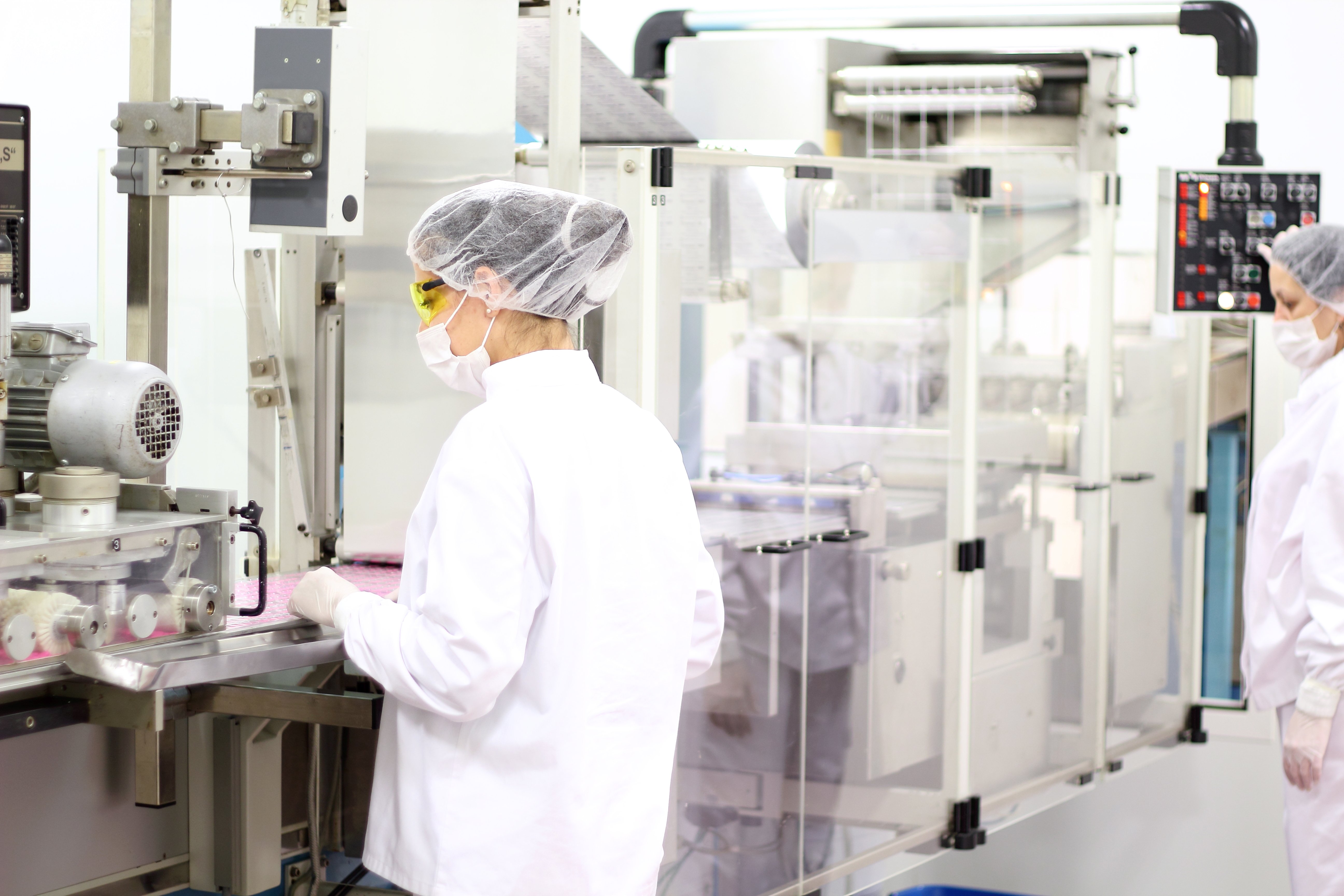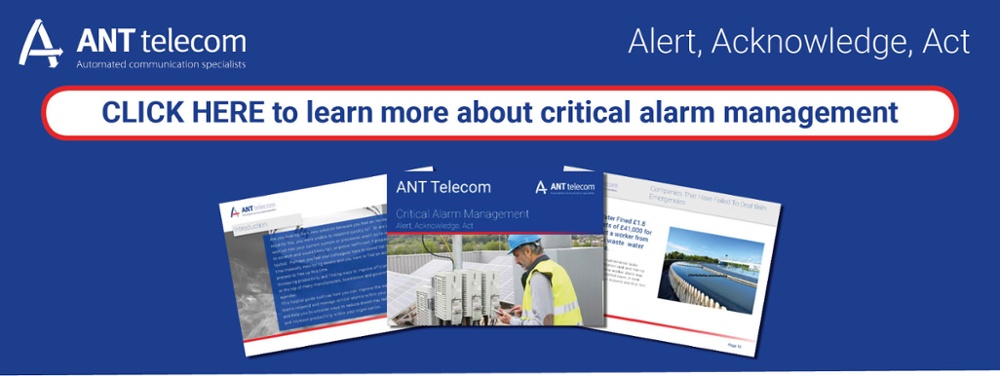
Any manufacturing enterprise has multiple different components feeding into its day to day production operations. This includes deliveries of materials and their storage in a warehouse, processing them in a factory and then shipping them to the customer. Ultimately, whilst all of these functions are vital, they all
carry some level of risk to the employees tasked with carrying them out. For example, warehouses have heavy loads of materials being moved around at all hours of the day, potentially posing a threat to people passing through. A factory will have heavy machinery that could suddenly and violently fail, whilst shipping and delivery areas have heavy goods vehicles moving around that could potentially hit someone. Fortunately, all companies have their duties towards health and safety codified in the form of the 1975 Health and Safety Act. The Health and Safety at Work Act 1975 (often abbreviated to simply ‘HSWA 1975’) consists of several parts that enumerate the steps an employer must take in order to make sure their staff are treated fairly and to cover the company itself from any liability in the event of an accident. This includes performing preventative maintenance, delivering safety training sessions for workers and generally providing a safe working environment to the best of their ability.
Failure to comply with the legislation can result in fines or potential criminal prosecutions of company managerial staff. Additionally, if an accident occurs due to a failure to follow HSWA 1975, then the organisation can become vulnerable to lawsuits brought forth by affected parties such as workers harmed by a lapse in health and safety. However, following the legislative guidance doesn’t just protect workers, but also encourages companies to operate in a more efficient manner and optimise their existing processes. This is because it encourages them to have a good level of oversight and organisation alongside a decent reporting system for potential issues. This can be taken a step further nowadays, thanks in large part to the availability of software products that be used to quickly identify and rectify issues before they become a problem.
Critical alarm management systems are a prime example of technology being used to take things to the next level. A traditional alarm system relies on human staff to categorise issues as they are reported and then organise a response, liaising between managers and technicians as they try to solve faults as they arise. Needless to say, this system is dated and inefficient – the control room staff responsible for coordinating the response to an issue are typically dealing with multiple problems at the same time, especially in a large facility such as a factory. This means that errors are more likely to be made, costing the company money in the form of downtime and potentially putting workers at risk if an issue is serious enough. Automating the response to an alarm eliminates many of the issues with legacy alarm systems. The critical alarm management system simply adds to the existing system, allowing an application to process an alarm as it is raised and then direct the relevant specialists to respond to it. These responders can then update the alarm system as they work on the job, allowing senior managers to keep abreast of matters at a glance and keeping relevant information centralised. However, whilst improving the speed and effectiveness of responses to alarms is the most obvious advantage of such a system, it also helps companies comply with other parts of HSWA 1975 too.
One of the key mandated duties of employers complying with HSWA 1975 is the delivery of training. This health and safety training should be given to new workers and then updated with regular refresher sessions. By making sure that employees are completely aware of the potential dangers they face in the workplace, companies can greatly lessen the chances that their staff will fall victim to an avoidable hazard. Furthermore, making sure that workers are properly trained in the execution of their duties is imperative, especially in a manufacturing setting. Untrained workers can cause serious damage to machinery if left unsupervised, potentially putting themselves or others in mortal danger. This is even more important in settings where the handling of hazardous chemicals is a regular part of the job. Specific legislation covers the handling procedures for some types of substances, meaning that allowing untrained employees to interact with them can put employers in breach of multiple laws. By analysing the data collected by a critical alarm management system, employers can steadily improve their understanding of workplace accidents, allowing them to update and improve their training over time thanks to having a high-level view of any incidents that may occur.
HSWA 1975 also stipulates that employers ensure that workers are kept as safe as is reasonably possible in the workplace. This includes properly organising production and storage spaces and making adequate personal protective equipment (PPE) available where necessary. Whilst this may conjure up images of protective suits and rebreather systems, the reality is that for most workplaces, it is enough to simply enable employees to communicate effectively with each other and raise an alarm if necessary. By integrating employee communication devices with the critical alarm management system, this can be made doubly effective, as specialised devices can be used to automatically send out an alert if they detect an accident (such as a fall or a sustained lack of motion). Additionally, personal panic buttons can be used in order for employees to instantly warn other workers of danger, without having to remain in a hazardous area in order to reach a manual alarm button. This can be of particular use in environments where fire is a serious threat to safety, even more so when taking into consideration the fact that emergency alert devices are available that can be used safely in areas where there is a high risk of detonation of airborne vapour or gas.
Inspections are another key component of the Health and Safety Act. A company is expected to police their own facilities to an extent, but complaints from workers or other stakeholders will result in scrutiny from the regulatory authorities. Furthermore, facilities handling dangerous substances can expect to undergo regular inspections in order to make sure that all relevant laws are being followed to the letter. By using modern solutions such as a critical alarm management system, we can make sure that problems are highlighted well in advance of any inspections and dealt with. Furthermore, it allows for a greater degree of transparency when dealing with regulatory bodies, as detailed records of any incidents that have taken place (and the steps taken to tackle them) are kept readily available. Furthermore, the system’s ability to automatically schedule and then escalate tasks means that preventative maintenance will be completed on time instead of being potentially overlooked and forgotten by human staff. By using machine to machine communication, many modern devices will even be able to notify the alarm system of their maintenance requirements, allowing jobs to be booked with no interference from humans whatsoever.
In closing, by using modern technology, we can provide a vastly safer and more efficient environment in our manufacturing plants than was possible even a decade ago. ANT provides affordable and agile products that can bolt onto existing systems with no disruption to existing business processes. Downtime due to faults and malfunctions can be massively reduced, whilst the risk posed to workers’ health is minimised by faster callout times for responders. Furthermore, ANT’s hardware and software products can be combined with each other to provide an incredibly powerful safety solution for organisations that need an absolutely comprehensive level of security in their workplace.





